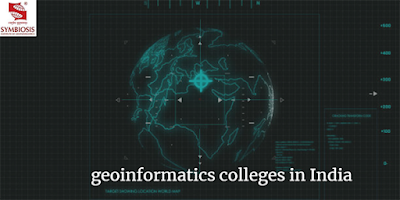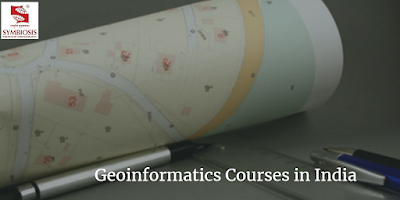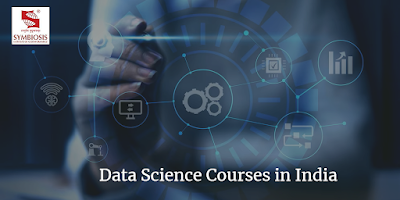Exploring Beyond Maps: Dive into Geospatial Technology Programs

Have you ever wondered how maps are created and updated? How satellite images are captured and analyzed? How location-based services are developed and delivered? If you are fascinated by the world of spatial data and its applications, then you might be interested in pursuing a career in geospatial technology. Geospatial technology is a broad term that encompasses various tools and techniques that collect, store, process, visualize, and communicate spatial information. Some of the most common geospatial technologies are: Geographic Information Systems (GIS): GIS is a software system that allows users to create, edit, manipulate, analyze, and display spatial data in the form of maps, charts, tables, and graphs. GIS can be used for a wide range of purposes, such as urban planning, environmental management, disaster response, business intelligence, and more. Remote Sensing: Remote sensing is the science of acquiring information about the Earth’s surface and atmosphere from a distance, usi...



